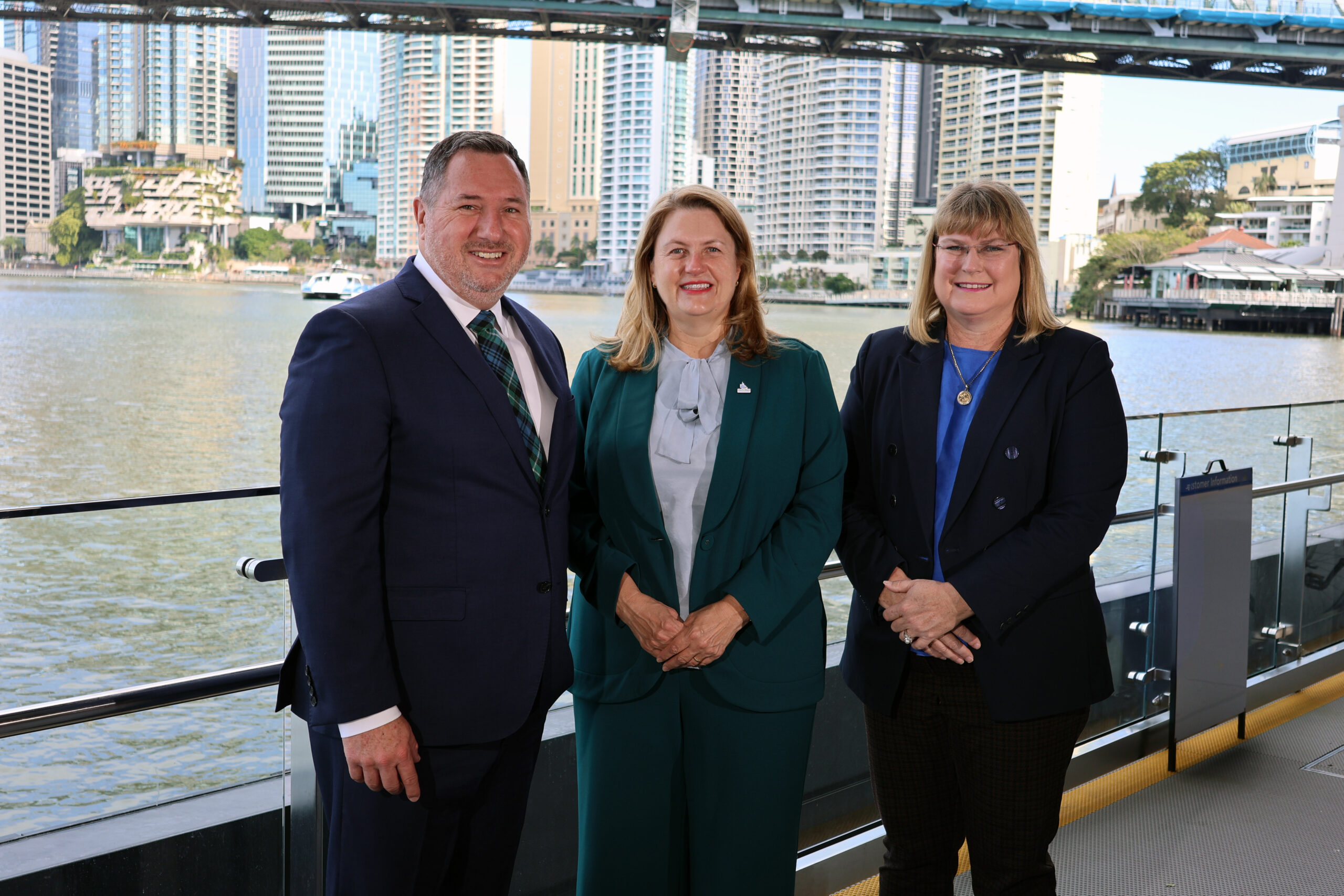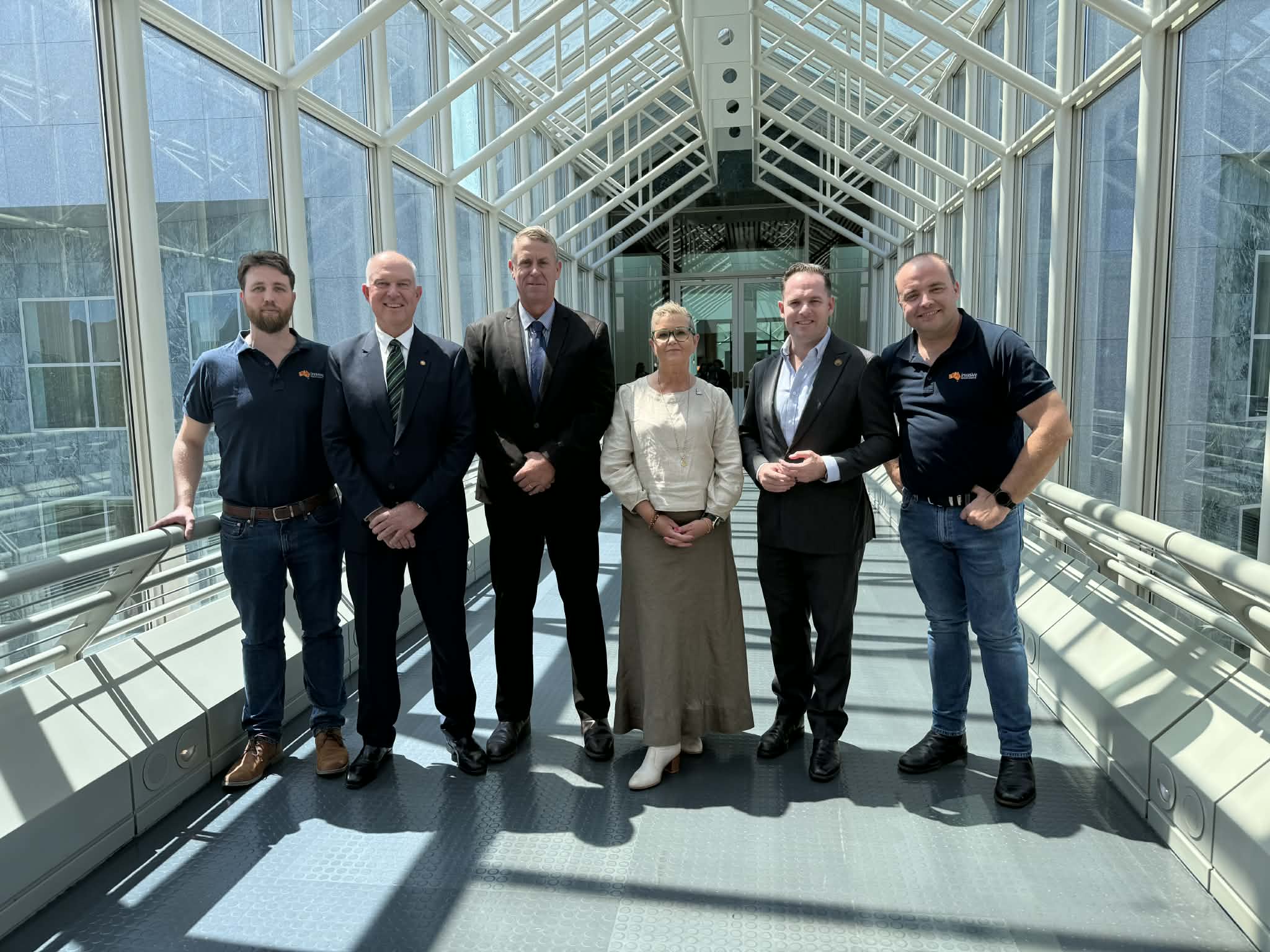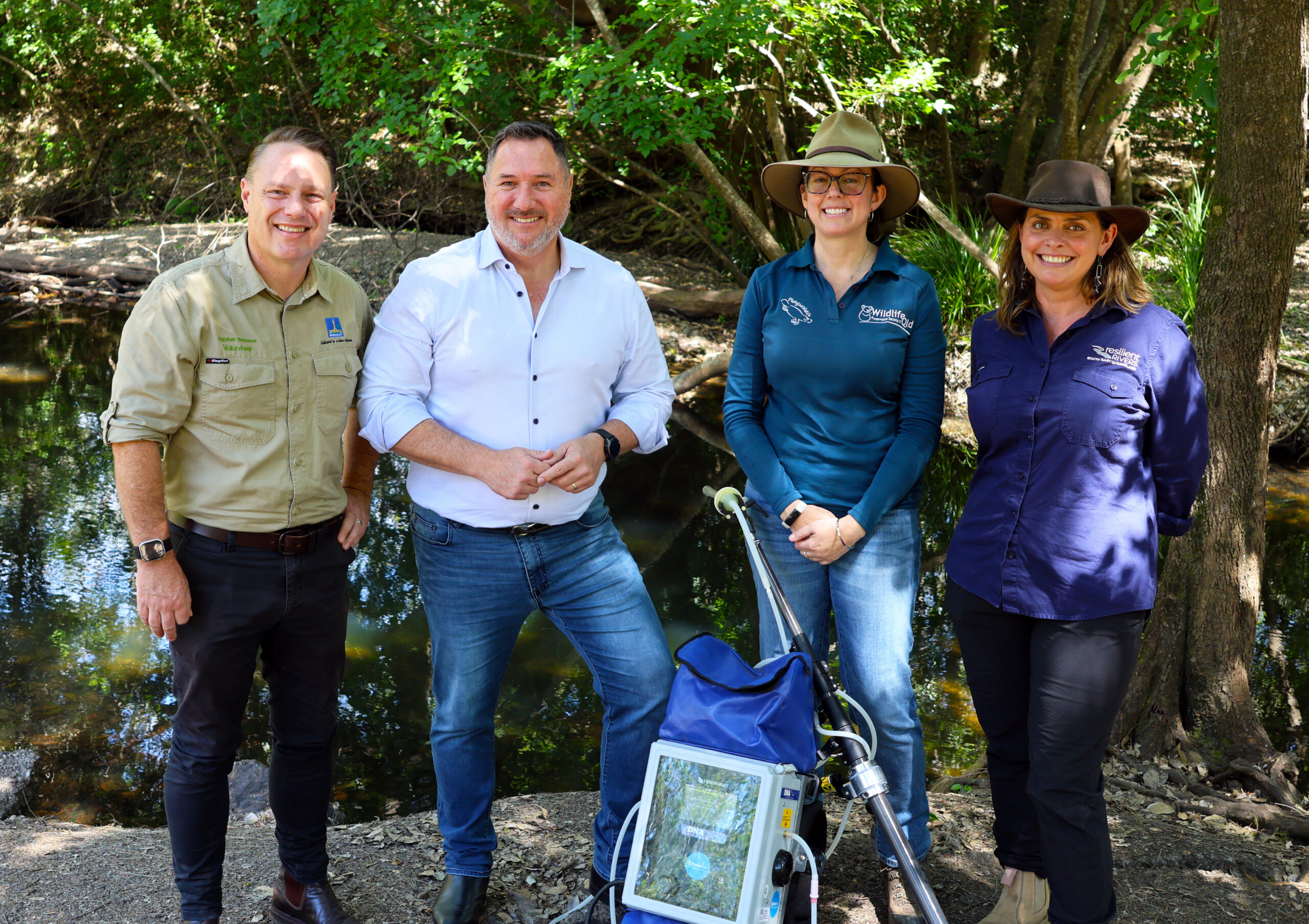A record $30 million towards the Resilient Rivers (SEQ) program will flow into South East Queensland (SEQ) to revitalise the health and resilience of waterways, wetlands and Moreton Bay before, during and after 2032.
Funding includes $21.3 million already committed through the SEQ City Deal, a partnership between the Australian Government, Queensland Government and Council of Mayors (SEQ), alongside the $8.7 million from partners including SEQ councils and Seqwater.
The bold two-year investment (2025-26 and 2026-27) is the largest coordinated program of waterway and habitat revitalisation since the program was established following the 2011 floods.
Funding will accelerate works to rehabilitate the region’s rivers and streams, preventing more than 16,000 tonnes, or more than 21,000 ute loads, of sediment from entering local waterways each year.
It will deliver long-term benefits across the region from Noosa River in the north to Albert River in the south, restoring more than 115 hectares, or 161 soccer fields, of native habitat.
Investment will help establish the first regional platypus monitoring program using innovative eDNA water sampling to uncover vital information about platypus as well as freshwater turtles and the endangered Australian Lungfish, a species that dates back over 100 million years.
More than 200 purpose-built ‘cod hotels’ will also be constructed, with the underwater log structures providing shelter and breeding habitat for the critically endangered, Mary River Cod.
An additional 200,000 new native plants will support some of South East Queensland’s most vulnerable species with cutting-edge science and natural solutions harnessed as part of the program to combat invasive weeds.
Resilient Rivers (SEQ) is one of 29 commitments being delivered under the SEQ City Deal, a partnership between the Australian Government, Queensland Government and Council of Mayors (SEQ). The SEQ City Deal aims to improve the accessibility, prosperity and liveability of the region, which is home to more than four million residents.
The SEQ City Deal will invest $40M into Resilient Rivers (SEQ) with $10M each from the Australian Government, Queensland Government, Council of Mayors (SEQ) and Seqwater.
Quotes Attributable to Lord Mayor Adrian Schrinner, Chair of the Council of Mayors (SEQ):
“The growth of our region is both a challenge and an opportunity, and this partnership will help us ensure the ongoing health and resilience of South East Queensland’s incredible waterways.
“Brisbane River and Moreton Bay are some of our most important natural assets generating billions in economic benefit for trade, tourism and transport; and we need to protect them.
“While other global cities are known for buildings and structures, South East Queensland
is known for its pristine landscapes, waterways and coastlines and we want that to be a focus during the Brisbane 2032 Games.”
Minister for the Environment, Tourism, Science and Innovation, Andrew Powell:
“South East Queensland’s greatest tourism drawcards are its natural assets from the beautiful Moreton Bay to lush rainforests and our unique Aussie wildlife,” Minister Powell said.
“Through the Resilient Rivers Initiative, we’re partnering with Councils to deliver real, on-the-ground action to restore waterways, revitalise native habitats and ensure Queensland’s natural beauty is protected for generations to come.
“Whether it’s spotting platypus in the wild, kayaking at Moreton Bay’s islands or exploring Scenic Rim or Sunshine Coast’s lush rainforests, this program will help protect ecotourism and support local jobs to deliver lasting benefits for the people who live, work and visit here.”
Quotes attributable to Minister for Local Government and Water and Minister for Fire, Disaster Recovery and Volunteers, Ann Leahy:
“The Resilient Rivers Initiative program is a great example of what we can achieve when all levels of government work together to safeguard communities,” Minister Leahy said.
“This program is delivering real results in disaster recovery and long-term flood resilience, including reducing the impact of flood waters and sediment from devastating our communities and ecosystems.”
For more information on the Resilient Rivers SEQ program and upcoming projects, visit: www.resilientrivers.com.au
ENDS
Media contact: media@seqmayors.qld.gov.au
$30M Resilient Rivers South East Queensland program 2025-26 & 2026-27 highlights:
- Conducting South East Queensland’s first regionally coordinated environmental DNA (eDNA) survey to detect threatened species such as platypus and freshwater turtles, gathering vital data to guide future conservation work.
- Planting more than 200,000 new native plants across 116 hectares to support vital habitat for local wildlife including koalas, glossy black cockatoos, squirrel gliders and platypus.
- Releasing up to 30,000 cod fingerlings, installing more than 200 ‘cod hotel’ fish shelters, and restoring up to 40km of passages to create habitat for native fish species.
- Breeding thousands of Cat’s claw creeper jewel beetles and Madeira vine beetles to help control Cat’s claw creeper and Madeira vine, invasive weeds threatening farmland to improve water security and restore habitat for iconic species including koalas and platypus.
- Partnering with hundreds of community members and landholders to work together on sustainable land management practices including nearly 100 community activations.
- Developing Catchment Action Plans across SEQ to drive coordinated and collaborative efforts, strengthening the resilience of regional waterways and enhancing their cultural, economic and life-sustaining values.
- In partnership with Seqwater, reducing floodplain erosion along lower Lockyer Creek by planting 5,000 native plants and working with landholders to strengthen regional water security and prevent around 1,000 tonnes of sediment from entering the creek each year. This will help maintain water quality delivered to the Mt Crosby Water Treatment Plants, which supply more than half of Brisbane and Ipswich’s daily water.
- Restoring 16.5 hectares of critically endangered riparian rainforest along Brown Creek and reconnection of rainforest corridors in the Sunshine Coast, on the North Maroochy River.
- Restoring 30 hectares adjacent to Seven Mile Lagoon, an area of high ecological significance in Lockyer Valley with more than 150 bird species including migratory birds. Planting more than 10,000 natives to benefit wildlife including koalas, birds and reptiles.
- Improving riverbank vegetation and water quality along Black Snake Creek in Ipswich City, flowing into the Brisbane River and Moreton Bay.
- Creating new fish passage and enhancing habitat at Hilliards Creek in Ormiston alongside revegetation and earth works to stabilise the banks of Eprapah Creek at Victoria Point flowing into Moreton Bay.
- Delivering a new Catchment Action Plan for Noosa, and partnering with landholders to protect the Noosa River, reconnect riparian corridors, support threatened species and boost ecotourism.
- Eradicating 26 hectares of riparian vine weeds across 14 reserves in the upper Oxley Creek catchment in Logan to restore native vegetation, enhance biodiversity, and improve ecosystem health.
- Installing large fish habitat structures, 200 new ‘cod hotels’ and restocking fish across the Somerset Region.
- Opening up 13 kilometres of the Caboolture River in City of Moreton Bay to enable fish passage and support biodiversity and ecosystem health, reducing impacts from the Caboolture River weir.
- Stabilising riverbanks along Mid Warrill Creek in the Scenic Rim at risk of major erosion to protect local farming, improve water quality, climate resilience and support wildlife.


